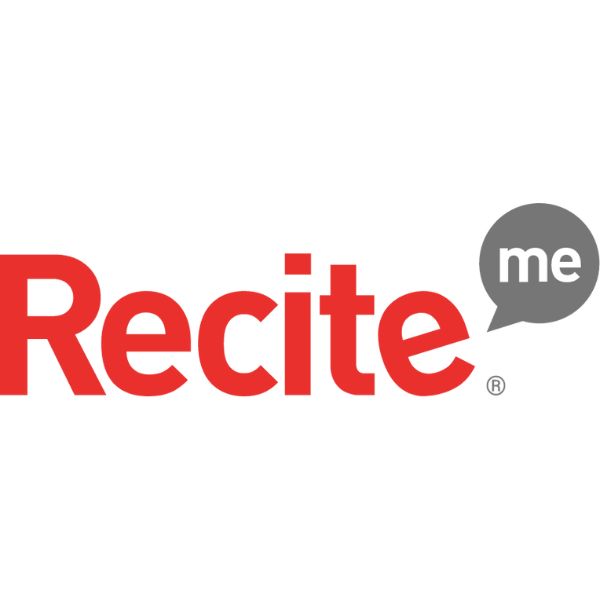Insights
INSIGHTS
All Topics
How to make charities more autism-friendly
17 Sep 2024by Joe Lepper
We look at action charities can take to ensure they are creating autism-friendly workplaces
Just three in ten adults with autism are in employment, according to the National Autistic Society.
It’s a shocking figure. But it can be improved if employers, including charities, take action to break down barriers at work facing autistic people.
Here we look at the latest advice for charities on how they can ensure their organisation is more autism friendly, to encourage people with the neurodiversity into the workplace.
What is autism?
Autism is a lifelong developmental disability that impacts how people communicate and interact with other people and their environment, says the National Autistic Society.
The charity estimates there are around 700,000 autistic adults and children in the UK and more than one in 100 people are on the autistic spectrum.
This spectrum is wide with those on it affected in different ways, however there are many common traits.
For example, autistic people can have difficulty interpreting both verbal and non-verbal communication, such as gestures and facial expressions.
Autistic people can prefer to have routines and know what’s going to happen, experience sensory sensitivity, have highly focused interests or hobbies, can experience extreme anxiety, as well as meltdowns and shutdowns when overwhelmed. These traits differ depending on the person.
The National Autistic Society provides further details on their website, and produced this informative video:
Being an autism-friendly workplace
Among experts offering advice to charities on how they can be more autism friendly is New Philanthropy Capital consultant Rose Anderson, who was diagnosed with autism at the age of three.
To help charities improve she has outlined several simple steps to ensure workplace culture can adapt to the needs of people with autism, which often involves meeting challenges they face around social interaction and communication.
As co-founders of Perfectly Autistic, Kelly and Hester Grainger note, not all autistic people know they are autistic, not all want to share it at work, and autism friendly principles can help create a happier, calmer, and more productive workplace for all.
Be clear
Anderson recommends that instructions given by managers to employees are clear instead of “assuming that your meaning can be inferred”.
An example is being clear about word count, number of pages and any specific data needed if asking for a report to be produced.
Making autistic workers explicitly aware of workplace conventions that others may take for granted, such as when and how to reply to emails, is another piece of advice she gives.
Work with structure
Routines and structure can be a vital coping mechanism for people with autism to help them tackle “the unpredictability and confusion of life”, says Anderson.
Charities are recommended to help staff members with autism by ensuring their working day and week has structure.
This can include help prioritising weekly tasks and organising tasks through a timetable. Using organisational tools such as Trello, where tasks can be added to daily boards, or Slack, where different threads can be created to manage workloads, can help.
These tools can be used in a variety of ways depending on the employee’s needs, whether they need help prioritising tasks, knowing information about meeting start and end times, or reminding them to take lunch when absorbed in their work.
Routines can change when organisations restructure. Ensure any changes are clearly communicated given their importance to those with autism, advises Anderson.
If visits are planned to other offices or travel needs to take place, make sure autistic workers have plenty of time to research planning their journey or familiarise themselves with a new venue.
Create a focused environment
While people with autism can focus for long periods of time, they can also be distracted by sensory challenges, as many can experience over sensitivity to sound, smells, and other senses. Overhead florescent lighting can be overbearing for autistic people, as well as leading to eye strain and headaches for any employee, so Kelly and Hester Grainger advise using natural lighting, dimmer switches, and motion sensor lighting where possible.
Other ways to improve the working environment can include ensuring autistic people’s desks are not near distractions such as air conditioning units or building work taking place. Too much sunlight on computer screens can be another distraction.
Noise cancelling headphones can help, and charities could consider investing in these, suggests Anderson. Another way to avoid sensory challenges is to provide a space for employees to eat lunch away from their desk.
Be sensitive
Anxiety can be a common challenge faced by autistic people. In extreme situations, they may have a loss of behavioural control (a meltdown) or switching off and going quiet (a shutdown).
Autistic workers’ managers and fellow employees should be sensitive to such changes, and all feedback should be constructive and clear in all communications, including when giving feedback.
Kelly and Hester Grainger also suggest providing a quiet space for employees to decompress, helping people with autism to avoid becoming too overwhelmed.
Understand individual needs
Charities above all need to be aware that while these are common traits among those with autism, they may not necessarily impact all those on the spectrum. Everyone is different and managers are encouraged to talk to their autistic staff to ensure they can better understand their specific needs.
“Inclusivity is about understanding what the people you interact with need, and helping to facilitate them,” says Anderson.
Joe Lepper
More on this topic
Recommended Products
Recommended Products
Featured Products
Related Videos
Our Events
Charity Digital Academy
Our courses aim, in just three hours, to enhance soft skills and hard skills, boost your knowledge of finance and artificial intelligence, and supercharge your digital capabilities. Check out some of the incredible options by clicking here.



















